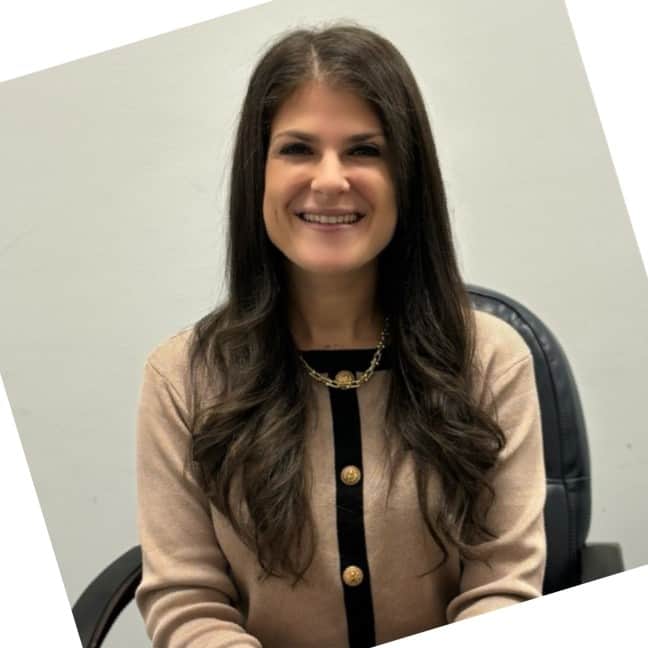Suicide Statistics And Facts
Suicide in the United States has been on the rise for years, and they’re likely to grow as the we experience the effects COVID-19 isolation. Here are some some sobering suicide statistics from the Centers for Disease Control:
- The suicide rate in the United States has increased every year since 2006, making it a public health crisis.
- An estimated 1.3 million Americans attempt suicide each year.
- More than 20 percent of those who die by suicide let others know of their plans.
- At least 50 percent of those who die by suicide have a known mental health condition, although the number is likely higher because of underreporting.
Certain mental health conditions increase the risk of suicide, including substance use disorder, trauma, anxiety, and depression bipolar disorder. Catastrophic life events (such as abuse, job loss, divorce, death in the family, and bullying) can contribute to greater suicide risk. In addition, chronic pain and/or illness, access to lethal means (such as pills or firearms), and previous suicide attempt(s) raise the likelihood of suicide.
We’ve Helped Thousands of Individuals Overcome Drug and Alcohol Addiction
Warning Signs Of Suicide
Everyone should know the risk factors and warning signs of suicide — so they can idenitfy the tendency in others and in themselves. Suicide is preventable and help is available.
The signs of suicide can take place emotionally, verbally and behaviorally.
Emotional markers of suicide can involve feeling depressed, shame and humiliation, anger, irritability, anxiety, mood swings and sudden lack of interest in activities they used to enjoy.
Verbal markers can include comments about killing themselves or not wanting to exist. Or they may make more passive comments, instead talking about feeling stuck, being a burden, or feeling like their life has no purpose or worth.
Behavioral signs may indicate that the individual has a plan to kill themselves and should be taken very seriously. These markers can include intentional isolation from friends or family, lack of communication, increased aggression, greater substance abuse, researching suicide, reckless behavior, and writing a will or giving away possessions.
Recovery Starts at Our Drug and Alcohol Rehab by Requesting a Call
"*" indicates required fields
Suicide Prevention: How To Help And Get Help
Don’t be shy or hope the situation will resolve itself. Ask whether or not the person has a plan to kill themselves. If they say they do, don’t wait. Take them to a hospital emergency room, call a suicide hotline or get in touch with another behavioral health professional immediately. Right Path Rehab is available 24 hours a day, 7 days a week to talk to you. And we have staff on call around the clock to provide the help you need.
You’re not alone in feeling awkward about asking a loved one about suicide. But that conversation could save their life. Here are some suggestions from the CDC that can help you in a potential crisis situation:
- Ask directly if they’re thinking about suicide, and if they’ve made a plan
- Act quickly to limit their access to firearms and pills or other lethal means
- Try not to panic; simply listen and provide support
- Connect them right away to professional help or other support
- Stay connected to them, and let them know you’re there for them
You don’t have to go through this alone. Right Path Rehab’s clinical staff and licensed therapists have extensive training to help people who are contemplating ending their lives. We don’t judge or lecture. And we can help. If you or someone you love is at risk of suicide, please don’t wait. Get help right now.

Insurance Can Cover up to 100% of The Costs of Addiction Treatment and Mental Health Care
Did you know that insurance can cover up to 100% of the costs of addiction treatment and mental health care? Our addiction treatment center accepts most insurance plans. For a free insurance benefits check complete our confidential insurance verification form by clicking the link below.













